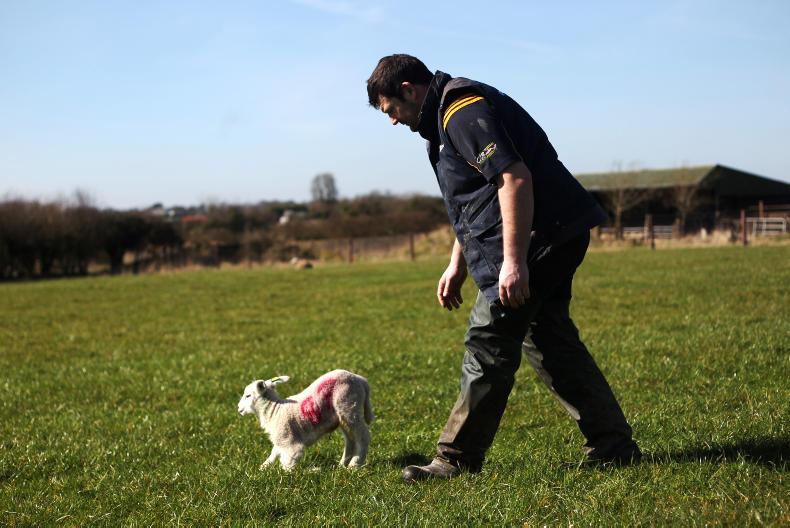Lambing has finished for 2018 and I for one will be glad if I don’t see a spring like it again.
Overall, the lambing itself went well but it has been issues outside of my control that have added extra stress and work to an already busy period of the year.
The ewes that lambed here this spring, including the ewe lambs (yearlings), have averaged two lambs per ewe lambed, which is an increase from last year.
This increase has been very welcome – and necessary – as I had an issue with conception in one of the batches of ewes, as well as a considerable number of ewes aborting due to toxoplasmosis.
I have often been asked if my flock is becoming too prolific. This year, the extra prolific ewes will help to offset the cost of the extra number of ewes that didn’t lamb down for various reasons.
As always, the hardworking staff and students who helped out over the spring had a big part to play in making things run smoothly.
Grass is beginning to grow at a more decent pace here now, so hopefully things are starting to look up in that department. As things stand, there is an average farm cover of just 300kg DM/ha.
Rotational grazing
The farm is set up for a 21-day rotation. It is very evident this year how rotational grazing is giving fields a chance to recover and build up some grass covers, as within a couple of days of moving stock to the next paddock I can see grass starting to grow back slowly but surely.
Unlike last year, I don’t have any fields closed for silage yet. I plan to apply extra fertiliser to a few paddocks once growth picks up sufficiently to allow me to take a few fields out of the grazing rotations.
I want to do this as soon as possible to build up my silage stocks for next winter.
With the soil and air temperatures now rising, the risk to lambs from nematodirus will be on the increase for lambs between six and 12 weeks of age. As such, I plan to start dosing my lambs here early next week.
The annual spring clean has begun around the yard now that all the stock is out grazing in the fields. First up will be the dismantling of all the individual pens and general tiding up around the yard.
Repairs
We will then get back out to the fields and carry out some much-needed repairs to boundary fences, which were damaged over the winter by the various storms that seemed to batter us.
We all enjoyed watching Big Week on the Farm, especially the children. I thought that the programme highlighted important issues such as farm safety and the difficulties that farmers are enduring at the moment very well.
However, I was delighted that the emphasis was on the positives and I think that the programme is a welcome addition to the television schedule, not alone for the farming community but also the ever-increasing urban communities who, as generations pass, are moving further away from their connection to the land.
Preparing the rice paddy in a second life away from the city
Farmer Writes: sickening to still hear rain beating down
Farmer Writes: take solace that everyone is having a difficult spring






 This is a subscriber-only article
This is a subscriber-only article









SHARING OPTIONS: